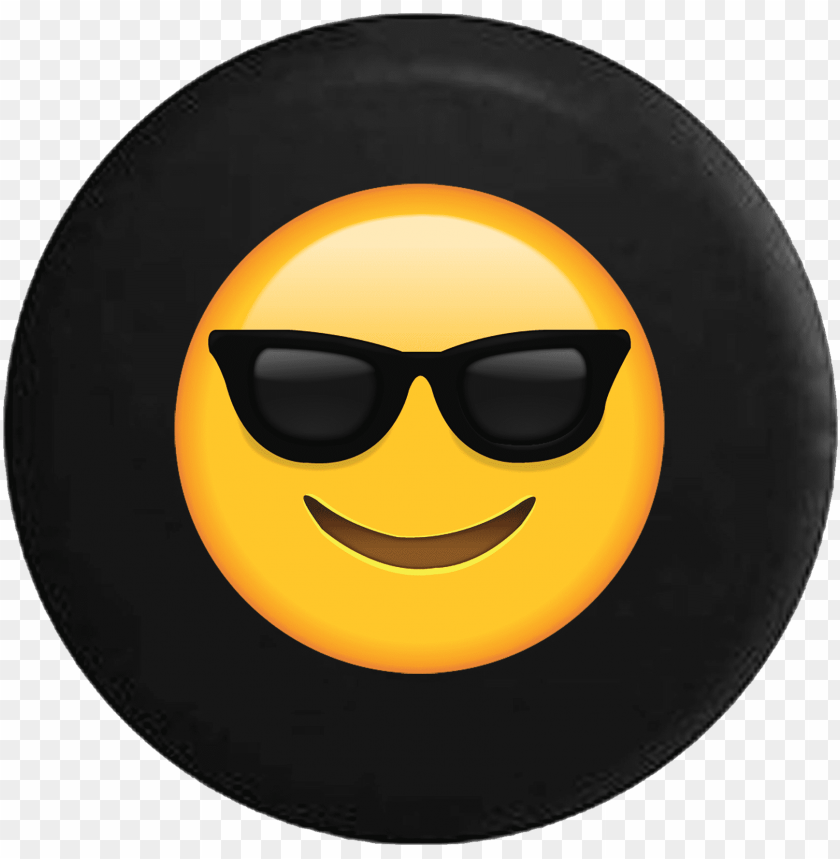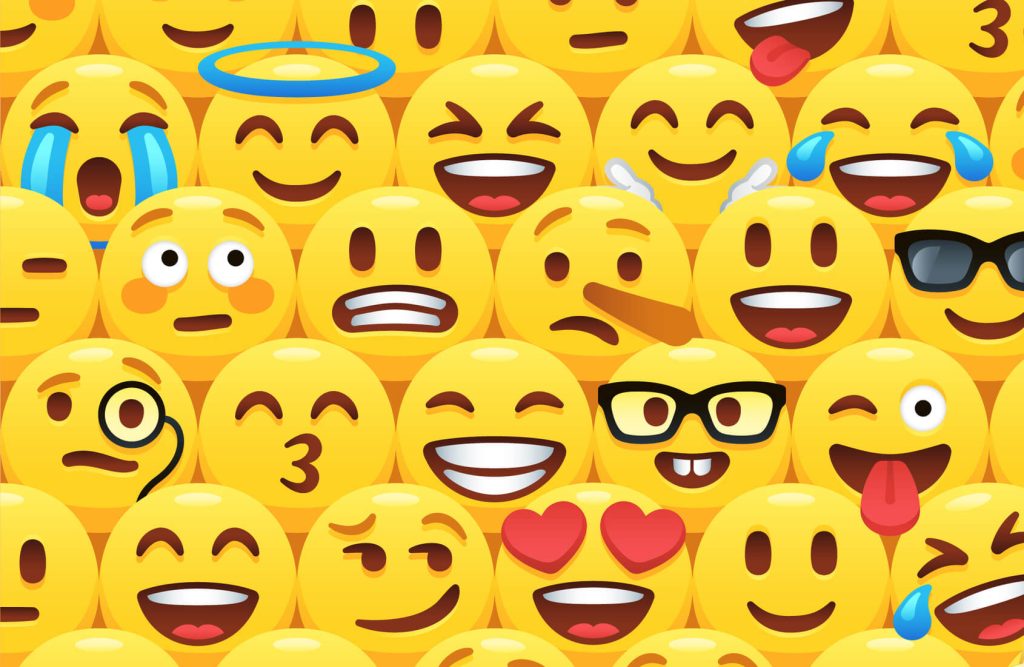Smile blush emoji 😊 is one of the most popular and versatile emojis used in texting today. Often seen as warm, friendly, and slightly flirty, this emoji adds a touch of sweetness and charm to conversations.
People use it to show happiness, shyness, gratitude, or even affection, making it a favorite in both casual chats and romantic exchanges. Unlike a simple smile, the blush element conveys modesty and warmth, suggesting the sender is either flattered or feeling a little shy.
Its meaning can change depending on context—sometimes it’s just polite and kind, while other times it carries a flirty undertone. Understanding when and how to use the smile blush emoji can make your messages more engaging and emotionally expressive.

Table of Contents
What Does the Smiling Face with Smiling Eyes Emoji Mean?
The smiling face with smiling eyes emoji 😊 is one of the most frequently used emojis in digital communication. Featuring a yellow face with a modest smile and closed eyes, plus rosy cheeks, this emoji radiates genuine happiness, positive feelings, affection, and warmth in your text messaging.
Often associated with contentment, friendship, and pleasure, the blush emojis convey a message that’s slightly shy, softly embarrassed, or simply sincerely joyful. This emoji meaning extends beyond mere happiness—its rosy cheek, closed smile, and relaxed eyebrows portray a soft, friendly vibe.
Whether you’re expressing gratitude, friendliness, or a happy blush, the emoji lets the recipient know your mood is pleasant and positive, making the text more engaging.
Why Do We Use Blush Emojis to Express Happiness?
Blush emojis tap into deep emotional cues, making your messages feel more genuine. The addition of rosy cheeks and the gentle, closed eyes communicate a sense of warmth, real joy, and affection. These details make it the ideal symbol for expressing pleasure or embarrassment with a smile instead of words.
Psychologically, people are drawn to the smiling face not just because it implies happiness, but because it signals trust, relaxation, and positive feelings. In a world of endlessly scrolling chats, throwing in a smiley with blush helps your message stand out and makes the recipient feel appreciated.
Smiling Face Emoji Meaning Across Different Platforms
The face with smiling eyes emoji can look slightly different depending on the platform you use—whether it’s Apple, Google, Microsoft, or Samsung—but the core meaning remains unchanged. Across many platforms, the emoji always shows a yellow face, closed smiling eyes, and some form of blush or rosy cheeks.
For example, on Apple devices the smiley features relaxed eyebrows and a soft blush, while on Android you might notice a broader white smiling effect or variation in cheek color. Despite these stylistic differences, using any smiling face emoji easily conveys happiness and pleasant feelings in your text.
How to Copy and Paste Smile and Blush Emojis Effortlessly
The fastest way to enhance your messages is to copy and paste emojis. Here’s how you can do it:
- Locate the emoji (like 😊 or ☺️) in your emoji keyboard or a website.
- Select the emoji symbol by highlighting it.
- Copy (Ctrl+C or ⌘+C) and paste (Ctrl+V or ⌘+V) the emoji into your text or social media app.
Emojis like the smiling face with smiling eyes, happy blush, and classic smiley are supported by all major platforms, making shareability and readability easy. It’s never been simpler to add a touch of genuine happiness and positivity to your text. Remember, copy and paste lets you carry that friendly feeling across platforms with ease.

Unicode Data of Blush Emojis: Origins and Numbers
Every emoji has a Unicode origin—making it a universal symbol. The smiling face with smiling eyes emoji (😊) was approved as part of Unicode 6.0 in 2010, while the ☺️ smiling face emoji was added to emoji 1.0 in 2015. These unicode data milestones ensure that emojis are standardized, recognizable from device to device, and accessible globally.
Thanks to Unicode, emojis now transcend textual boundaries. Unicode guarantees that even the smallest details—blush, rosy cheek, eyebrow arch, and soft smiles—remain consistent, propelling the emoji as a language of emotion and affection in modern text.
Emoji in Most Popular Languages: Cultural Differences
Emojis are global, but their use may differ across cultures. The smiling face emoji meaning can shift depending on local customs around happiness, embarrassment, affection, and positivity.
- In English-speaking regions, blush emojis often symbolize happiness and gentle affection.
- In Asian cultures, the smiling face with smiling eyes and rosy cheeks may be seen as expressing politeness or a modest smile.
- Across Latin America, emojis signal camaraderie, joy, and warmth in daily text messages.
Understanding how the emoji meaning is interpreted in the most popular languages helps avoid miscommunication and enriches your connection.
Related Emojis and Their Meaning and Usage
Blush emojis don’t stand alone—they’re part of a rich family of smile emojis. Some of the most related emojis include:
- 😁 Beaming face with smiling eyes: Intense happiness, wide smile.
- 😇 Smiling face with halo: Innocence, positive feelings.
- 🙂 White smiling face: Calm, friendly, pleasant mood.
- 😍 Smiling face with heart eyes: Strong affection, overwhelming joy.
- 😌 Relieved face: Peace, relaxation.
These related emojis can be combined in text to convey a broader range of positive feelings, friendliness, affection, and genuine happiness.
Tips for Writing Text with Smiling Face Emojis
Mixing the right emoji with thoughtful text amplifies your message. Here are tips for including smiling face emojis effectively:
- Use the emoji at the end of a sentence to soften the tone and show friendliness.
- Pair blush emojis with words that express gratitude, affection, or happiness.
- In longer chats, sprinkle in smiley faces to break up text and keep the conversation upbeat.
- Use the ☺️ smiling face emoji when you want to denote modesty or gentle contentment.
- For stronger expressions, add a happy blush or combine with related emojis like heart eyes or the classic smiley.
When Should You Use the 😊 and ☺️ Smiling Face Emoji?
Timing matters when adding emojis! Use the 😊 smiling face with smiling eyes emoji and the ☺️ smiling face emoji in scenarios like:
- Responding to a compliment or thank you message.
- Sharing positive news or celebrating a little win.
- Softening feedback or constructive criticism.
- Expressing genuine happiness, friendly affection, or gratitude.
- Signaling relaxation or easing tension in chats.
Understanding when and why to use blush emojis turns your messaging into an art form, letting you connect with friends in a warm, pleasant way.
Blush Emoji Symbolism: From Rosy Cheeks to Affection
The symbolism behind blush emojis—especially those with closed eyes, rosy cheeks, and relaxed eyebrows—runs deeper than you might think. These emojis evoke a modest smile, white smiling cheer, warmth, and a touch of embarrassment that’s both relatable and endearing.
They embody positive feelings, gentle joy, and a soft approach to conversations. Blush emojis bridge words and emotions in text, allowing the sender to add pleasure, affection, and a classic smiley vibe with just one tap or paste of an emoji symbol.

FAQs
Is this emoji 😊 flirty?
Yes, 😊 can be flirty, often used to show warmth, affection, or light-hearted friendliness.
What is ☺ vs 😊?
☺ is a simple, shy smile; 😊 is a warmer, slightly blushing smile with more friendliness or affection.
What does the emoji 😊 mean?
It represents happiness, kindness, or friendliness, often with a soft, positive tone.
What does the 😊 blushing emoji mean?
It shows modesty, shyness, or being flattered, sometimes hinting at attraction or affection.
Is the 😊 emoji mutual?
It can be; it often reflects shared warmth or positive feelings, but context matters.
What is the reply of 😊?
A friendly smile, matching emoji, or warm response works well to continue positive vibes.
What does 😌 mean?
😌 shows relief, contentment, or satisfaction, often after something pleasant or relaxing.
What does 😉 mean from a girl?
It usually signals playfulness, teasing, or flirtation, depending on context.
Key Points to Remember
- Smiling face with smiling eyes emojis (😊, ☺️) convey friendliness, genuine happiness, and positive feelings.
- Blush emojis add warmth, affection, and a touch of embarrassment or modesty to your text.
- Copy and paste makes sharing emojis quick and easy across all platforms.
- Unicode ensures emojis look consistent and mean the same thing everywhere.
- Emoji meaning can differ between cultures but always signals happiness and friendliness.
- Related emojis expand the range of emotions, from wide smiles to relieved faces and heart eyes.
- Use smile emojis to relax conversations, enhance positivity, and express gratitude, joy, or contentment.
- The symbolism of rosy cheeks, closed eyes, and relaxed eyebrows adds depth to emoji communication.
Take these tips to heart and transform your messaging style with a simple smile and blush emoji—because sometimes a little emoji goes a long way!
Conclusion
The smile blush emoji 😊 is more than just a simple symbol—it carries warmth, friendliness, and even a hint of shyness or flirtation depending on the context. Often used to show happiness, gratitude, or affection, it’s one of the most versatile emojis in digital conversations.
Whether you’re thanking someone, softening a message, or expressing gentle admiration, this emoji adds a personal and heartfelt touch. Its subtle blush makes it feel more genuine than a plain smile, which is why it’s so popular in friendly and romantic chats.
Like all emojis, its meaning can shift with tone and situation, but at its core, the smile blush emoji is about positivity, kindness, and emotional connection in conversations.